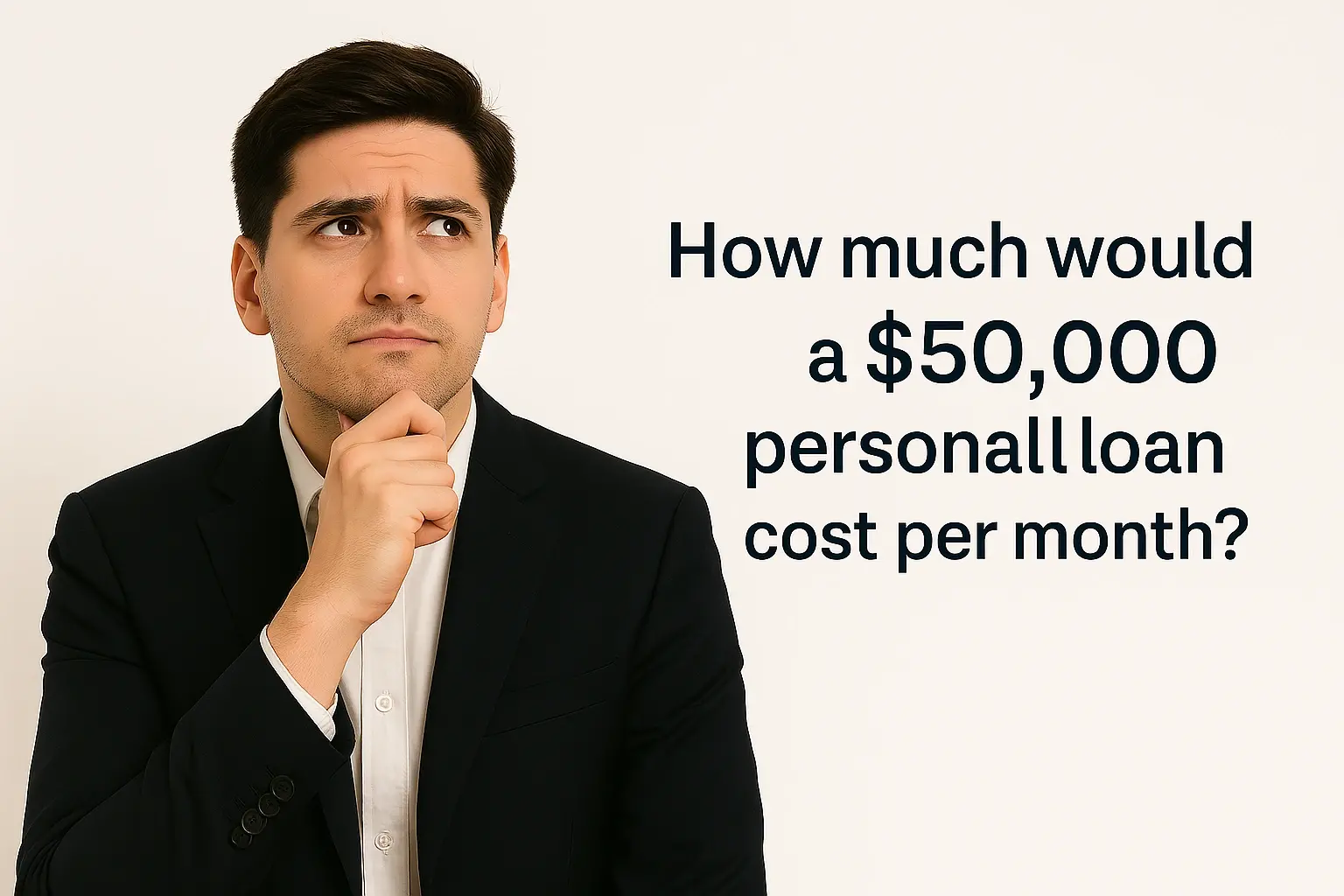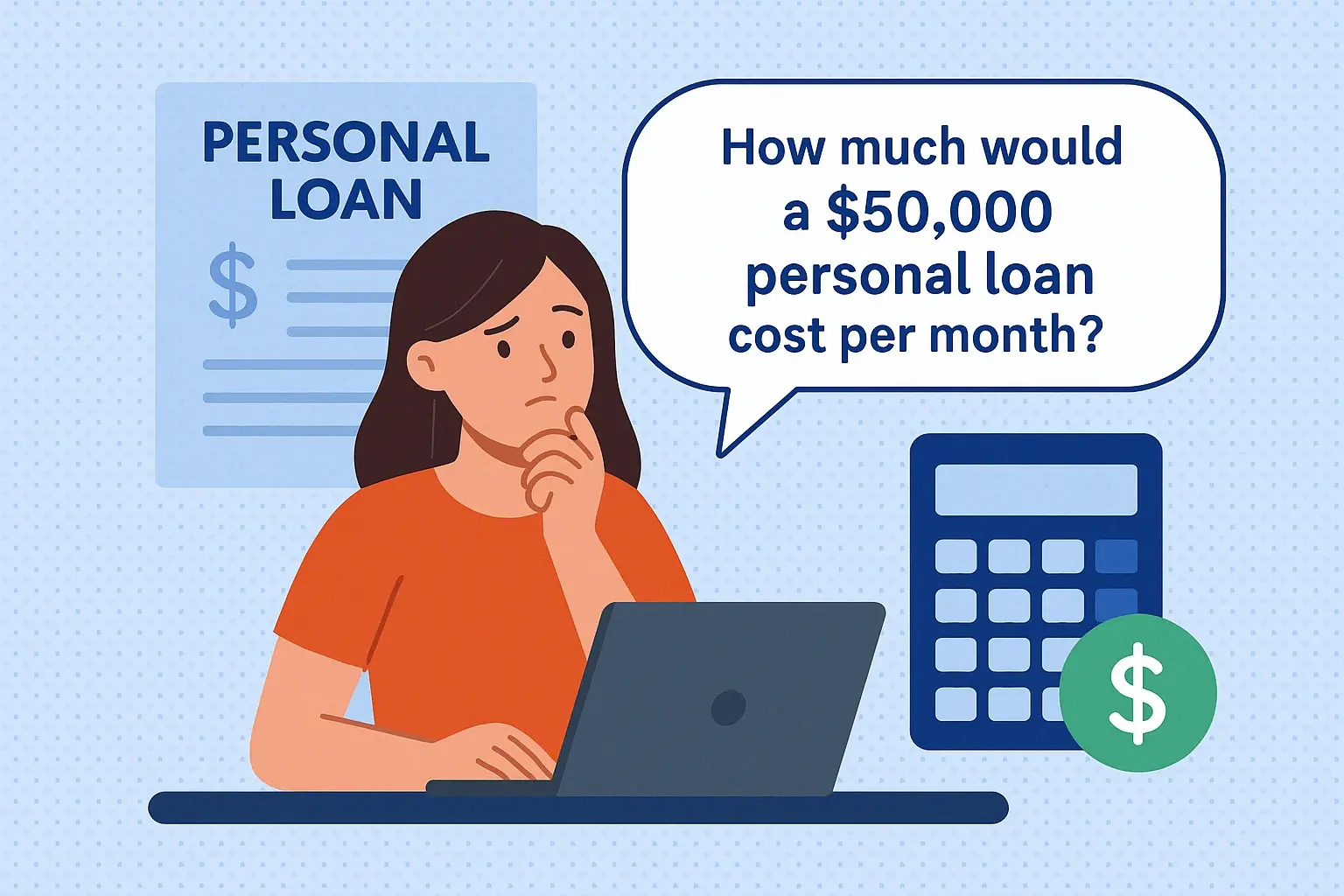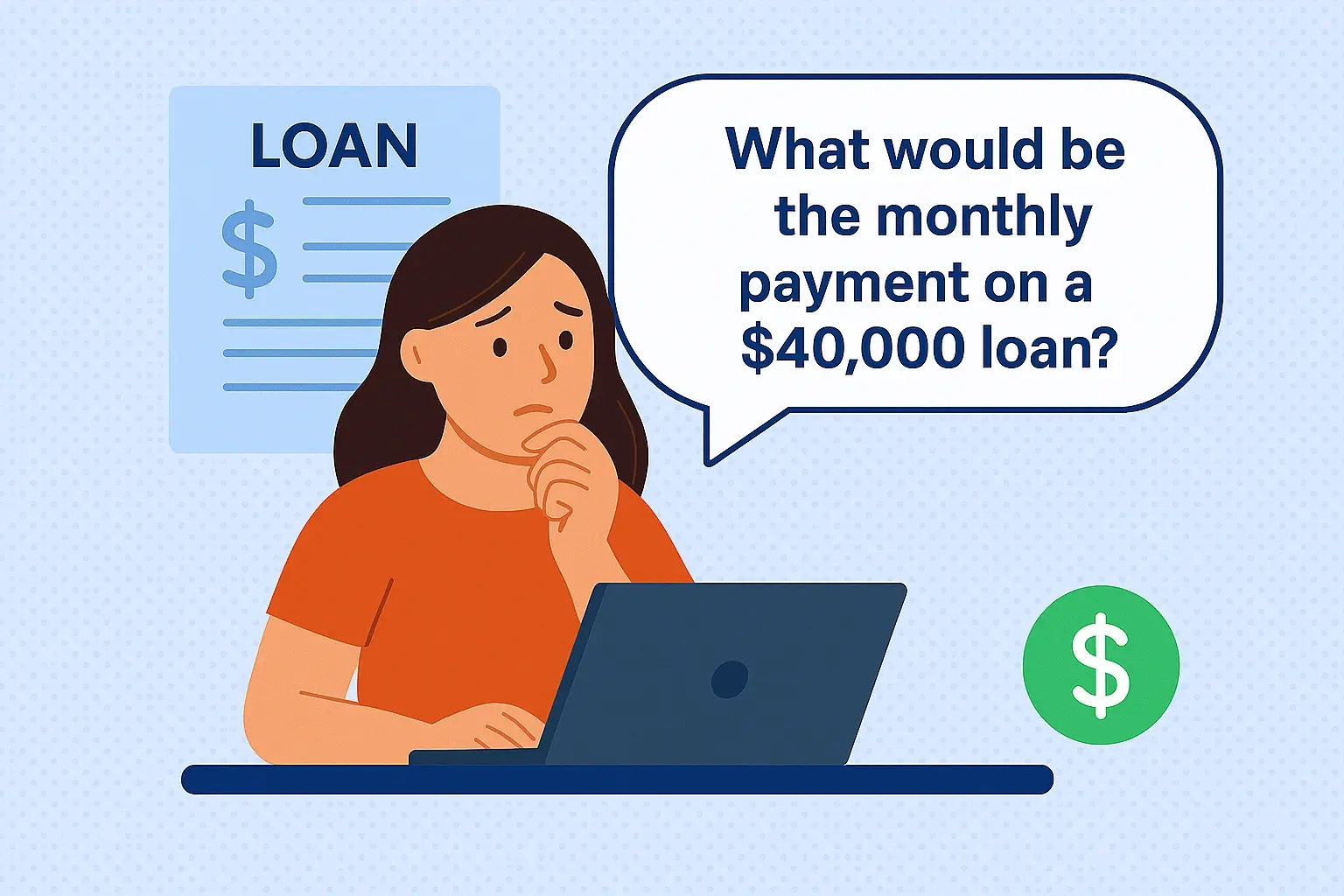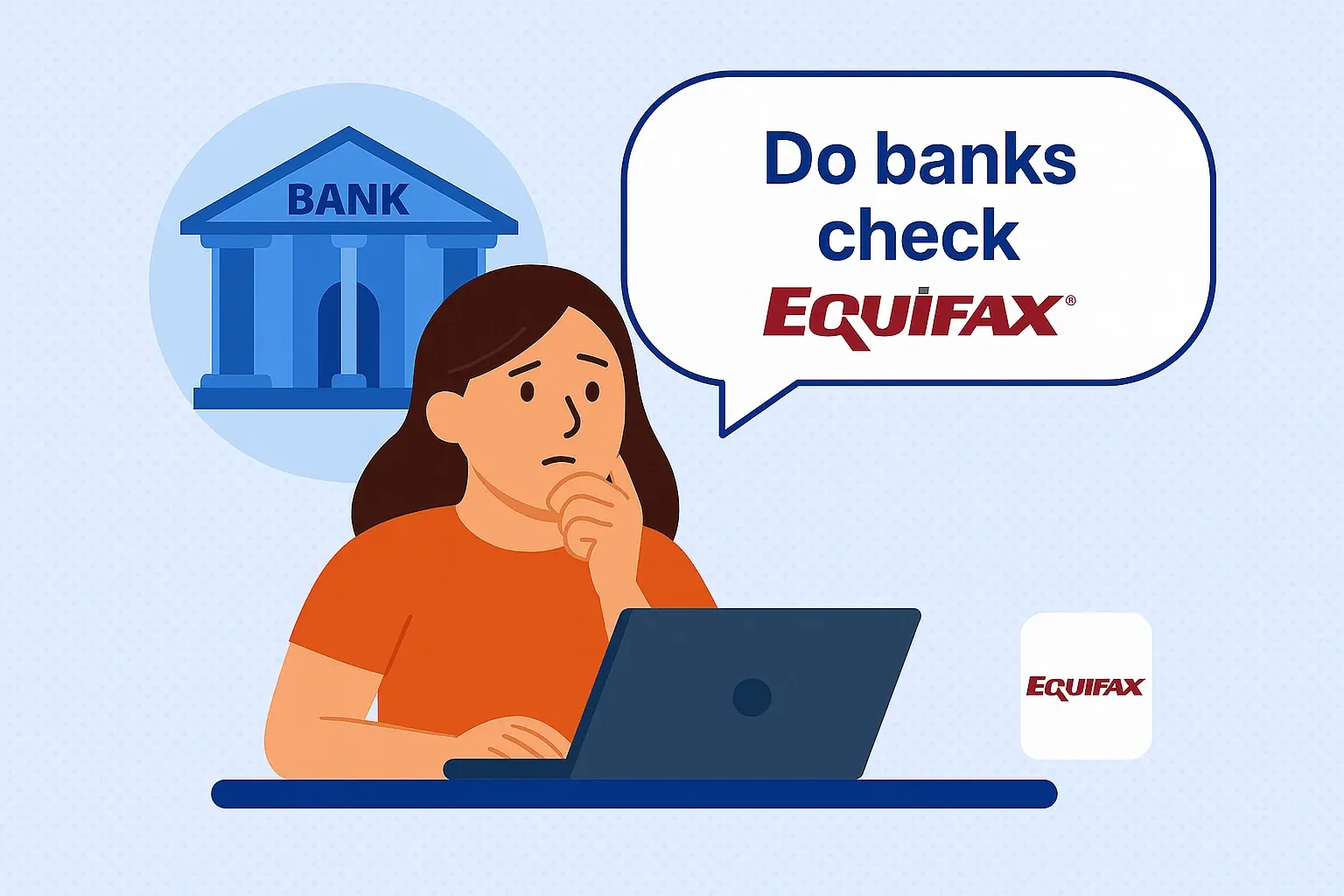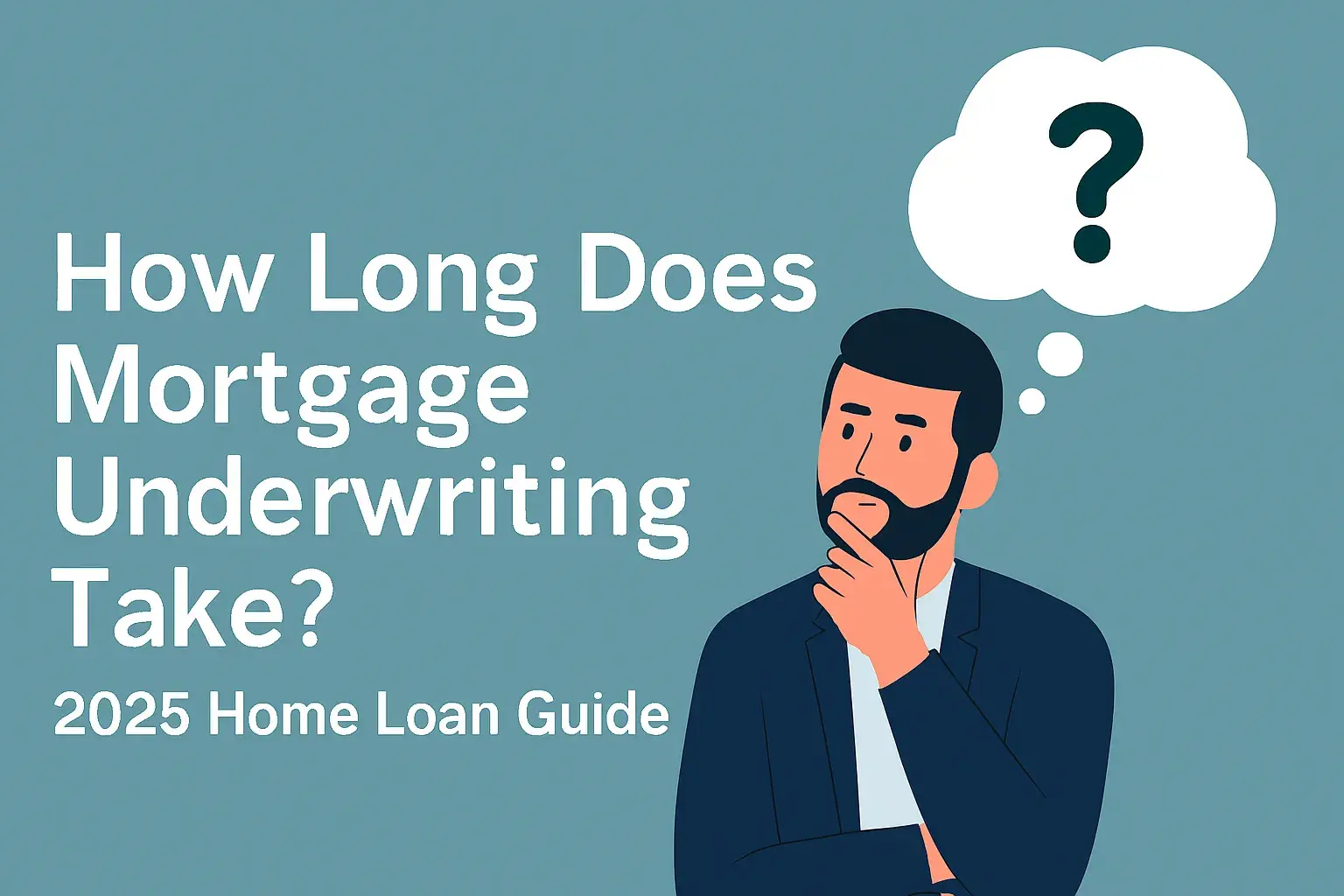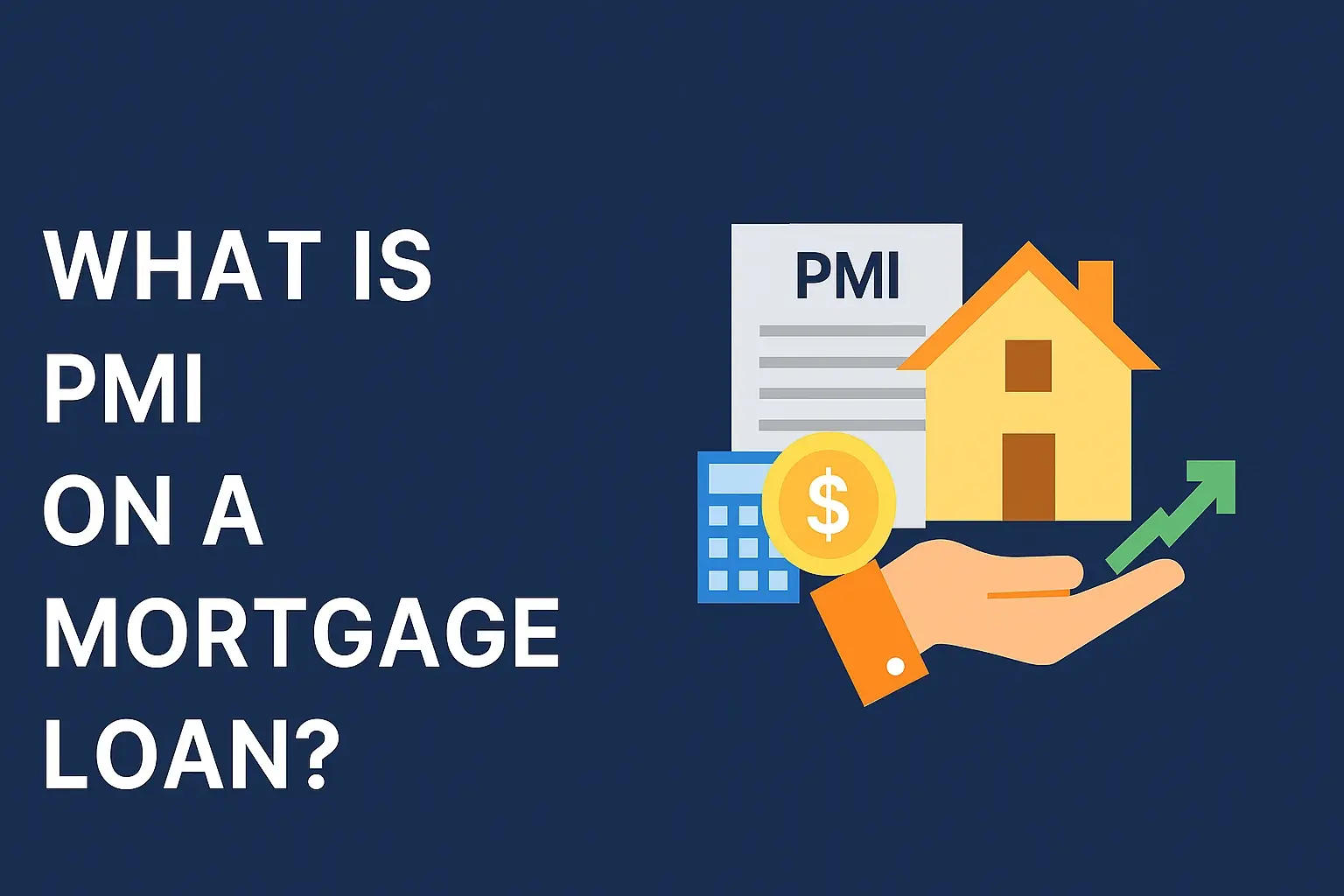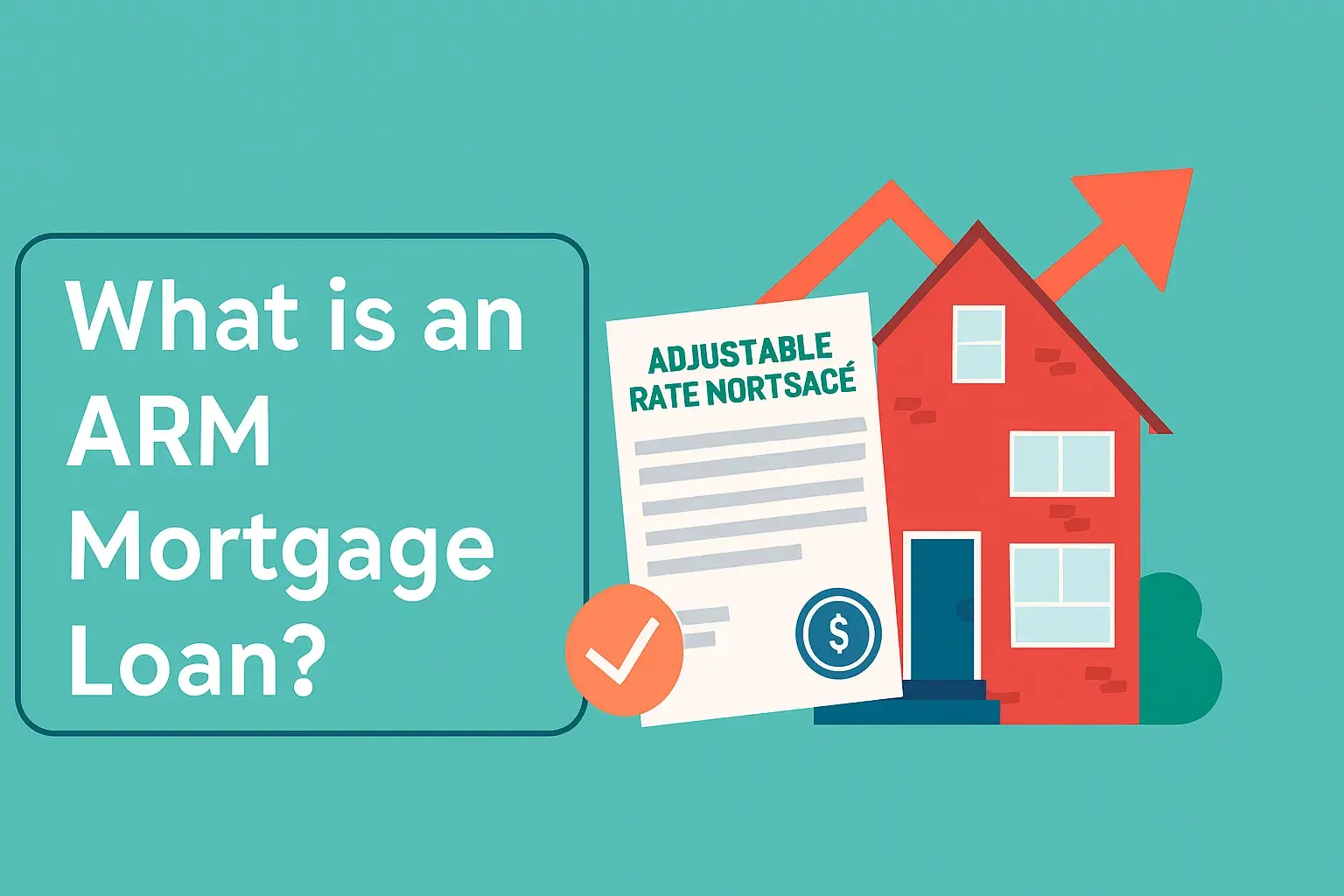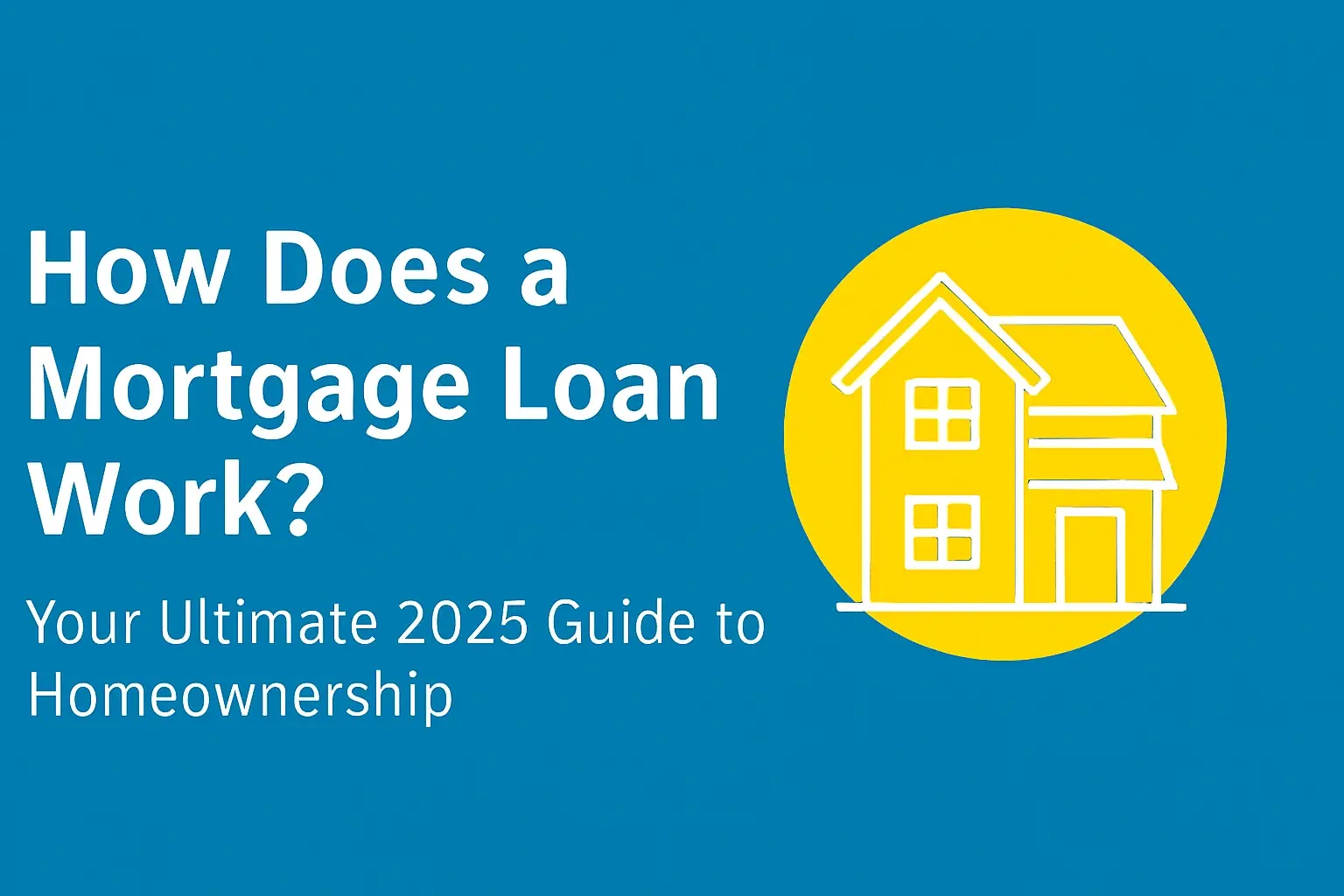-
Posted on: 30 Jul 2024
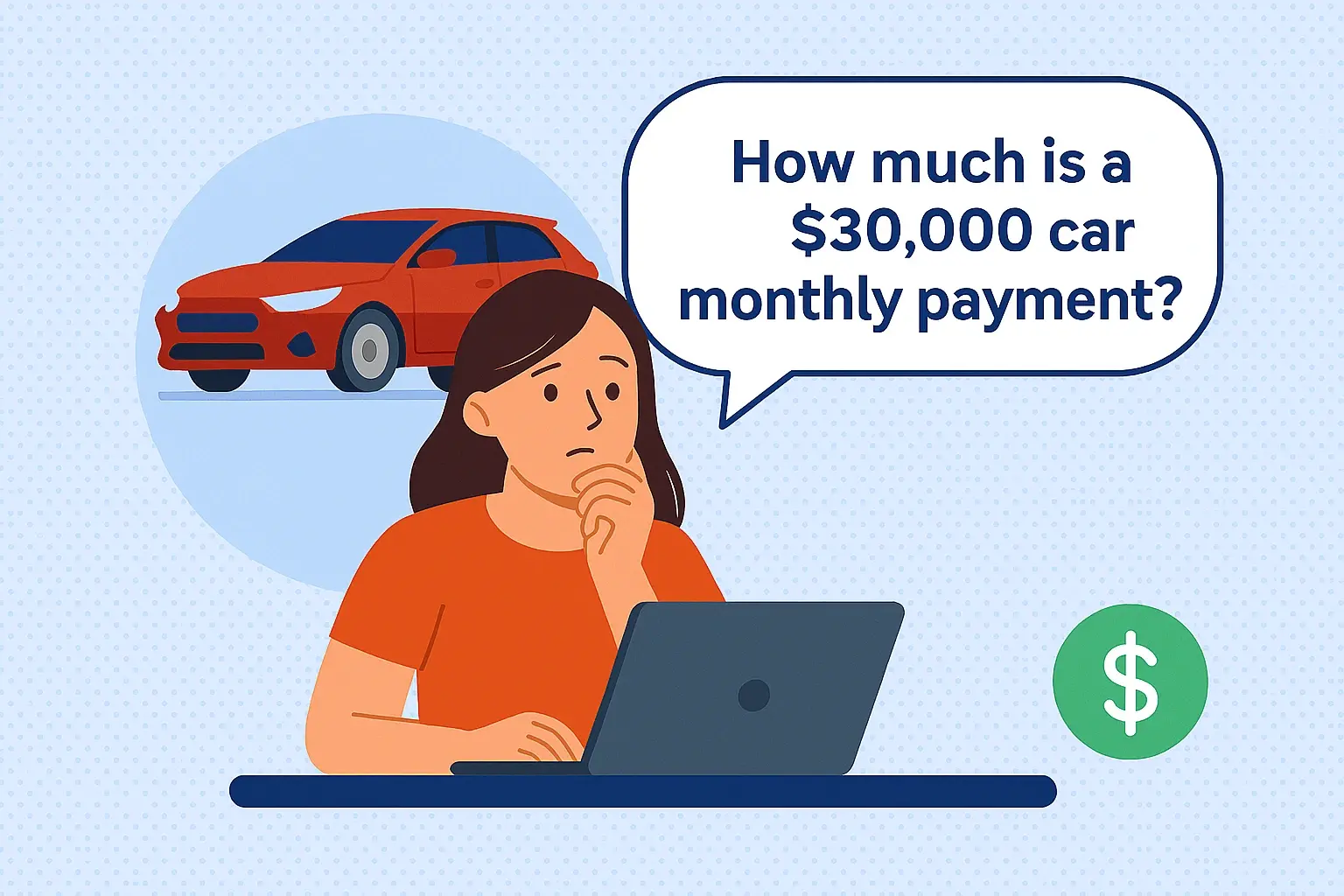
-
Understanding your monthly car payment is crucial before driving off the lot. This guide breaks down the exact cost of a $30,000 car, factoring in interest rates, loan terms, and taxes, to provide a clear financial picture for 2025.
Understanding the Core Components of a Car Loan
Embarking on the journey to purchase a new or used vehicle often involves securing an auto loan. For a $30,000 car, understanding the mechanics of these loans is paramount to budgeting effectively and making informed financial decisions. At its heart, a car loan is a contract between you and a lender, where the lender provides you with the funds to purchase the vehicle, and you agree to repay that amount, plus interest, over a specified period. The principal is the initial amount borrowed (in this case, $30,000, potentially adjusted for down payments, taxes, and fees). The interest rate, expressed as an Annual Percentage Rate (APR), is the cost of borrowing that money. The loan term is the duration over which you'll repay the loan, typically measured in months. Each monthly payment you make goes towards reducing both the principal and the accrued interest.
Several entities can offer auto loans, including banks, credit unions, and dealership financing departments. Each may have slightly different interest rates and terms, making it wise to shop around. The total amount you repay will always be more than the initial sticker price due to interest. Understanding these fundamental elements is the first step in demystifying how much a $30,000 car will truly cost you each month.
How to Calculate Your $30,000 Car Monthly Payment
Calculating your exact monthly car payment for a $30,000 vehicle involves a few key variables. While there are online calculators that can do this for you instantly, understanding the formula provides clarity. The standard formula for calculating a fixed-rate loan payment is:
M = P [ i(1 + i)^n ] / [ (1 + i)^n – 1]
Where:
- M = Your total monthly loan payment
- P = The principal loan amount (the total cost of the car minus your down payment, plus any financed taxes and fees)
- i = Your monthly interest rate (annual interest rate divided by 12)
- n = The total number of payments over the loan's lifetime (loan term in years multiplied by 12)
For instance, if you're financing the full $30,000, have a 5-year loan term (60 months), and an APR of 7%, the calculation would look like this:
- P = $30,000
- Annual Interest Rate = 7% or 0.07
- i = 0.07 / 12 ≈ 0.005833
- n = 5 years * 12 months/year = 60 months
Plugging these into the formula would yield your monthly payment. However, this calculation often excludes taxes, fees, and potentially a down payment, which are critical to the overall picture. Many car buyers also opt to finance these additional costs, increasing the principal amount (P).
For practical purposes, using an online auto loan calculator is the most straightforward way to get an accurate estimate. These tools simplify the complex formula and allow you to adjust variables like down payment, loan term, and interest rate to see how they affect your monthly output.
Key Factors That Influence Your Monthly Payment
Several variables converge to determine the final monthly payment for a $30,000 car. Understanding each of these factors empowers you to negotiate better terms and potentially reduce your overall financial burden. The most significant influences are the loan amount, the interest rate (APR), and the loan term. However, other elements, such as taxes, fees, and the presence of a down payment, also play a crucial role in shaping the final figure.
The loan amount is the most direct determinant of your payment. A higher principal means more money to repay, leading to higher monthly installments. Conversely, a larger down payment reduces the principal, thus lowering your monthly obligation. The interest rate dictates how much you pay for borrowing the money. A lower APR means less interest accrues, resulting in a smaller monthly payment and less paid over the life of the loan. The loan term, or the repayment period, also has a significant impact. Longer terms generally result in lower monthly payments but mean you'll pay more interest over time. Shorter terms mean higher monthly payments but less overall interest paid.
Beyond these core loan parameters, consider the impact of taxes (sales tax varies by state, often adding several percentage points to the vehicle's price), dealership fees (documentation fees, registration fees, etc.), and any add-on products like extended warranties or gap insurance, which can be rolled into the loan. Each of these increases the total amount financed, directly affecting your monthly payment. Therefore, a $30,000 car's sticker price is rarely the actual amount you'll borrow.
Loan Amount and Down Payment
The sticker price of $30,000 is the starting point, but the actual loan amount can differ significantly. A down payment directly reduces the principal amount you need to finance. For example, a 10% down payment on a $30,000 car is $3,000. This means you would only need to finance $27,000, plus any taxes and fees. A larger down payment leads to a smaller loan, a lower monthly payment, and less interest paid over the loan's duration. Conversely, if you finance the entire $30,000, your monthly payments will be higher. It's essential to factor in sales tax, registration fees, and potential dealer documentation fees when determining the total amount to be financed. For instance, in a state with an 8% sales tax, the tax on $30,000 is $2,400, bringing the pre-fee total to $32,400.
Interest Rate (APR)
The Annual Percentage Rate (APR) is the true cost of borrowing money. It includes the interest rate plus any fees associated with the loan. Lenders determine your APR based on several factors, most notably your credit score. A higher credit score typically qualifies you for lower APRs. For a $30,000 car loan, even a small difference in APR can translate to hundreds or even thousands of dollars in interest paid over the life of the loan. For 2025, average APRs for new cars might hover around 6-8%, while used cars could be 8-12% or higher, depending on creditworthiness and market conditions.
Loan Term
The loan term is the length of time you have to repay the loan. Common terms range from 36 to 84 months. A shorter loan term, such as 36 or 48 months, will result in higher monthly payments but less interest paid overall. A longer loan term, like 72 or 84 months, will lower your monthly payments, making the car more affordable on a per-month basis, but you'll pay significantly more in interest over time. Lenders sometimes offer lower interest rates for shorter terms. Choosing the right loan term is a balance between monthly affordability and total cost of ownership.
The Impact of Loan Term Length on Monthly Payments
The length of your auto loan term is one of the most significant levers you can pull to adjust your monthly car payment. While the sticker price of $30,000 remains constant, extending or shortening the repayment period directly alters how much you pay each month. This is a critical consideration for budgeting and financial planning.
Let's illustrate with a hypothetical $30,000 loan at a 7% APR. We'll exclude taxes and fees for simplicity in this comparison, focusing solely on the term's impact on the principal and interest repayment.
Loan Term (Months) Monthly Payment (Approx.) Total Interest Paid (Approx.) 36 months (3 years) $946.15 $4,061.40 48 months (4 years) $730.89 $5,082.72 60 months (5 years) $607.00 $6,420.00 72 months (6 years) $525.84 $7,860.48 84 months (7 years) $469.06 $9,199.04 As you can see, extending the loan term from 36 months to 84 months reduces the monthly payment by over $477. This makes the $30,000 car seem much more accessible on a month-to-month basis. However, the trade-off is substantial. Over an 84-month term, you end up paying nearly $5,138 more in interest compared to a 36-month term. This is a significant amount of money that could have been saved or used for other financial goals.
When considering loan terms, it's crucial to balance affordability with the total cost of the loan. While a longer term might be necessary to fit your budget, aim for the shortest term you can comfortably afford to minimize interest paid. Many experts recommend avoiding loan terms beyond 72 months if possible, as the amount of interest paid can become disproportionately high, and the vehicle may depreciate faster than you're paying it off.
The Impact of Interest Rates (APR) on Your Payment
The Annual Percentage Rate (APR) is the cost of borrowing money, and it has a profound effect on your monthly car payment and the total amount you'll pay over the life of the loan. Even a seemingly small difference in APR can translate into hundreds or thousands of dollars over several years. For a $30,000 car loan, understanding how APR works is essential for financial planning.
Let's examine the impact of varying APRs on a $30,000 loan with a 60-month (5-year) term. We will again exclude taxes and fees to isolate the APR's effect.
APR Monthly Payment (Approx.) Total Interest Paid (Approx.) 5.0% $566.09 $4,006.40 6.0% $579.17 $4,750.20 7.0% $592.42 $5,545.20 8.0% $605.85 $6,351.00 9.0% $619.45 $7,167.00 In this example, a 4% difference in APR (from 5% to 9%) increases the monthly payment by approximately $53 and the total interest paid by over $3,160. This highlights the critical importance of securing the lowest possible APR. Your credit score is the primary factor influencing the APR you'll be offered. Maintaining a good credit history and shopping around with multiple lenders can help you find the best rates.
For 2025, interest rates are influenced by the Federal Reserve's monetary policy. While rates can fluctuate, borrowers with excellent credit scores might qualify for APRs in the 5-7% range for new vehicles, while those with less-than-perfect credit could face rates of 10% or higher. Used car loans typically carry higher APRs than new car loans due to increased risk for the lender.
Beyond the Sticker Price: Taxes, Fees, and Other Costs
The $30,000 sticker price of a car is rarely the final amount you'll pay. Several additional costs are typically rolled into the auto loan, increasing the principal and, consequently, your monthly payment. Understanding these "hidden" costs is crucial for accurate budgeting and avoiding unexpected financial strain.
The most significant of these is sales tax. Sales tax rates vary considerably by state and sometimes even by city or county. For example, if you live in a state with a 7% sales tax and purchase a $30,000 car, you'll owe an additional $2,100 in taxes. If your state allows you to finance sales tax, this amount is added to your loan principal.
Next are dealership fees. These can include:
- Documentation Fee (Doc Fee): This fee covers the dealership's administrative costs for processing the sale, including paperwork, title transfer, and financing arrangements. Doc fees can range from a few hundred to over a thousand dollars, depending on the dealership and state regulations.
- Registration Fees: These are government-mandated fees to register your vehicle and obtain license plates. The cost varies by state and vehicle type.
- Title Fees: Similar to registration fees, these cover the cost of transferring the vehicle's title into your name.
Beyond these standard costs, many buyers opt for add-on products that can be financed:
- Extended Warranties: These can provide coverage for repairs beyond the manufacturer's warranty but add to the loan amount and interest paid.
- GAP Insurance: If your car is totaled, GAP (Guaranteed Asset Protection) insurance covers the difference between what you owe on the loan and what your insurance company pays out. This is particularly useful for new cars that depreciate quickly.
- Anti-theft devices, paint protection, interior protection, etc.
Let's consider a scenario where a $30,000 car is purchased with a 7% sales tax, a $500 doc fee, and $300 in registration/title fees. If you finance these, the total loan principal becomes $30,000 + $2,100 (tax) + $500 (doc fee) + $300 (reg/title) = $32,900. This $2,900 increase in the loan amount will directly impact your monthly payment.
It's crucial to discuss all potential fees and taxes with your dealership and understand exactly what you are financing. Some fees, like the doc fee, may be negotiable, while others, like sales tax and registration, are typically fixed by law.
Sample Payment Scenarios for a $30,000 Car Loan
To provide a concrete understanding of "how much is a $30,000 dollar car monthly payment?", let's explore several realistic scenarios. These examples will incorporate varying loan terms, interest rates, and the inclusion of taxes and fees, reflecting common purchasing situations in 2025.
Scenario 1: The Budget-Conscious Buyer (Longer Term, Average Rate)
- Car Price: $30,000
- Down Payment: $0
- Sales Tax (7%): $2,100
- Fees (Doc, Reg, Title): $800
- Total Amount Financed (P): $32,900
- APR: 7.5%
- Loan Term: 84 months (7 years)
Using an auto loan calculator for these figures, the estimated monthly payment is approximately $500.00.
Total interest paid over the life of the loan: ~$9,300.
Scenario 2: The Balanced Approach (Mid-Term, Good Rate)
- Car Price: $30,000
- Down Payment: $3,000 (10%)
- Sales Tax (7%): $2,100
- Fees (Doc, Reg, Title): $800
- Amount to Finance after Down Payment: $30,000 - $3,000 + $2,100 + $800 = $29,900
- APR: 6.0%
- Loan Term: 60 months (5 years)
Estimated monthly payment: approximately $579.00.
Total interest paid over the life of the loan: ~$4,740.
Scenario 3: The Aggressive Payer (Shorter Term, Average Rate)
- Car Price: $30,000
- Down Payment: $5,000 (16.7%)
- Sales Tax (7%): $2,100
- Fees (Doc, Reg, Title): $800
- Amount to Finance after Down Payment: $30,000 - $5,000 + $2,100 + $800 = $27,900
- APR: 7.0%
- Loan Term: 48 months (4 years)
Estimated monthly payment: approximately $682.00.
Total interest paid over the life of the loan: ~$4,736.
Scenario 4: The Excellent Credit Borrower (Shorter Term, Low Rate)
- Car Price: $30,000
- Down Payment: $0
- Sales Tax (7%): $2,100
- Fees (Doc, Reg, Title): $800
- Total Amount Financed (P): $32,900
- APR: 5.0%
- Loan Term: 48 months (4 years)
Estimated monthly payment: approximately $753.00.
Total interest paid over the life of the loan: ~$3,244.
These scenarios demonstrate that a $30,000 car payment can range from around $500 to over $750 per month, depending heavily on the loan term, interest rate, and upfront costs. It's crucial to use a calculator with your specific details to get the most accurate estimate.
Strategies to Lower Your Monthly Car Payment
The prospect of a $30,000 car payment can seem daunting, but several effective strategies can help reduce your monthly financial obligation. By being proactive and strategic, you can make your car purchase more affordable. Here are key approaches to consider:
Increase Your Down Payment
This is arguably the most direct way to lower your monthly payment. The more you pay upfront, the less you need to borrow. Even an extra $1,000 or $2,000 down can make a noticeable difference. A larger down payment also reduces the total interest paid over the loan's life and can help you avoid being "upside down" (owing more than the car is worth).
Negotiate a Lower Interest Rate (APR)
Your credit score is the primary determinant of your APR. If you have good credit, shop around with multiple lenders (banks, credit unions, online lenders) before visiting the dealership. This competition can drive down the rate offered. If your credit isn't perfect, consider improving it before applying. Even a 1% reduction in APR can save you hundreds of dollars over the loan term.
Extend the Loan Term (with Caution)
As shown in the sample scenarios, a longer loan term (e.g., 72 or 84 months instead of 60) will lower your monthly payment. However, this comes at the cost of paying significantly more interest over time. Use this strategy only if absolutely necessary to make the vehicle affordable. Aim for the shortest term you can comfortably manage to minimize total interest paid.
Shop for Car Insurance Separately
Dealerships may offer insurance, but it's often more expensive than purchasing a policy from an independent insurer. Get quotes from multiple insurance providers before you buy the car. Lower insurance premiums can indirectly reduce your overall monthly car expense if you bundle it with your payment.
Negotiate the Car Price
The sticker price is just the starting point. Research the car's market value, invoice price, and any available incentives or rebates. A lower purchase price directly translates to a lower loan amount and, therefore, a lower monthly payment. Don't be afraid to negotiate firmly but respectfully.
Avoid Unnecessary Add-ons
Extended warranties, premium paint protection, and other dealer add-ons can significantly increase your loan amount. Carefully consider whether you truly need these extras. Often, the cost of these add-ons far outweighs their benefits, especially when financed and accruing interest.
Consider a Certified Pre-Owned (CPO) Vehicle
CPO vehicles often come with lower prices than new cars and may qualify for lower interest rates than typical used cars. They also include manufacturer-backed warranties, offering peace of mind without the high cost of a brand-new vehicle.
Look for Manufacturer Incentives and Rebates
Automakers often offer special financing deals, low APRs, or cash rebates on certain models. These incentives can significantly reduce the overall cost of the vehicle or the amount you finance.
Your Credit Score: The Gatekeeper to Favorable Loan Terms
When you're asking "How much is a $30,000 dollar car monthly payment?", the answer is heavily influenced by your credit score. This three-digit number is a critical factor that lenders use to assess your creditworthiness and determine the risk associated with lending you money. A higher credit score generally unlocks lower interest rates, shorter loan terms, and more favorable overall loan conditions, directly impacting your monthly payment and the total cost of the vehicle.
For 2025, credit scores are typically categorized as follows:
- Excellent Credit: 780-850. Borrowers in this range can expect the best interest rates, often as low as 5-7% for new cars.
- Very Good Credit: 720-779. Still qualifies for competitive rates, likely in the 6-8% range.
- Good Credit: 670-719. Rates might be in the 7-10% range.
- Fair Credit: 580-669. Expect higher rates, potentially 10-15% or more.
- Poor Credit: Below 580. Securing a loan can be challenging, and rates will be very high, if approved at all.
The impact of your credit score on a $30,000 loan over 60 months is substantial. For example, a borrower with excellent credit (5% APR) might pay around $566 per month, while a borrower with fair credit (12% APR) could pay closer to $670 per month. That's a difference of over $100 per month, or $6,000 over the life of the loan, solely due to creditworthiness.
Key factors that influence your credit score include:
- Payment History: Making payments on time is the most critical factor. Late payments can significantly damage your score.
- Credit Utilization Ratio: This is the amount of credit you're using compared to your total available credit. Keeping this ratio low (ideally below 30%) is beneficial.
- Length of Credit History: A longer history of responsible credit use generally helps your score.
- Credit Mix: Having a mix of credit types (e.g., credit cards, installment loans) can be positive.
- New Credit: Opening too many new accounts in a short period can temporarily lower your score.
Before applying for a car loan, it's advisable to check your credit report and score. Many free services offer this information. If your score isn't where you'd like it, take steps to improve it before applying. This might involve paying down existing debt, ensuring all bills are paid on time, and avoiding unnecessary credit applications.
Considering Depreciation and Resale Value
While focusing on the monthly payment is essential for immediate budgeting, a wise car buyer also considers the vehicle's long-term value. Depreciation, the decrease in a car's value over time, and its subsequent resale value are critical factors that impact your overall cost of ownership, even if they don't directly affect your monthly payment.
A car is typically the largest depreciating asset most people own. For a $30,000 car, depreciation can be significant, especially in the first few years. New cars can lose 15-25% of their value in the first year alone, and up to 50-60% within five years. This means that if you finance the entire $30,000, you might owe more on your loan than the car is worth after just a year or two, a situation known as being "upside down" or "underwater" on your loan.
How depreciation affects your finances:
- Resale Value: When you decide to sell or trade in your car, its resale value is what you'll get back. A car that depreciates rapidly will yield less money, meaning you'll need to cover a larger portion of your next car purchase or loan out-of-pocket.
- Trade-in Value: If you trade in your current vehicle for a new one, its trade-in value is deducted from the new car's price. A higher trade-in value means a lower amount to finance on the new car.
- Insurance Costs: While not directly tied to monthly payments, insurance premiums are often based on the car's value. A car that depreciates quickly might have lower insurance costs over time, but this is often offset by the initial higher value.
- GAP Insurance Necessity: If you are significantly upside down on your loan, GAP insurance becomes crucial. It covers the difference between what your car is worth and what you owe if it's totaled.
Factors influencing depreciation:
- Make and Model: Some brands and models hold their value better than others. SUVs and trucks often depreciate slower than sedans.
- Mileage: Higher mileage leads to faster depreciation.
- Condition: Regular maintenance, keeping the car clean, and avoiding accidents significantly impact its value.
- Demand: Popular models with high demand tend to depreciate slower.
- Features: Certain desirable features can enhance resale value.
When considering a $30,000 car, researching its projected resale value can be a wise investment. Resources like Kelley Blue Book (KBB) and Edmunds provide depreciation estimates. Choosing a vehicle known for holding its value can save you money in the long run, even if the initial monthly payment is similar to a car that depreciates faster.
Financing vs. Leasing: Which is Right for You?
When looking at a $30,000 vehicle, buyers often face a decision between financing (buying the car outright with a loan) and leasing. Each option has distinct financial implications, affecting your monthly payments, ownership, and long-term costs. Understanding the differences is key to making the choice that best suits your financial situation and driving habits.
Financing: Pros and Cons
Pros:
- Ownership: You own the vehicle outright once the loan is paid off.
- No Mileage Restrictions: You can drive as much as you want without penalty.
- Customization: You can modify the car as you please.
- Equity Building: As you pay off the loan, you build equity in the vehicle.
Cons:
- Higher Monthly Payments: Loan payments are typically higher than lease payments for the same vehicle.
- Depreciation Risk: You bear the full risk of depreciation.
- Longer Commitment: Loan terms can be up to 7-8 years.
Leasing: Pros and Cons
Pros:
- Lower Monthly Payments: Lease payments are generally lower because you're only paying for the car's depreciation during the lease term, not its full value.
- New Car Every Few Years: Leases typically last 2-4 years, allowing you to drive a new car with the latest technology and features regularly.
- Lower Maintenance Costs: You're usually driving a newer car, so it's often under warranty for most of the lease term.
- No Resale Hassle: You simply return the car at the end of the lease term (assuming it meets wear and tear guidelines).
Cons:
- No Ownership: You don't own the car and will have no equity at the end of the lease.
- Mileage Restrictions: Leases come with annual mileage limits (e.g., 10,000, 12,000, or 15,000 miles). Exceeding these limits incurs significant per-mile charges.
- Wear and Tear Charges: You'll be charged for excessive wear and tear beyond normal use when you return the vehicle.
- Early Termination Fees: Breaking a lease early can be very expensive.
- Limited Customization: You cannot make significant modifications to a leased vehicle.
Which is better for a $30,000 car?
If your primary concern is the lowest possible monthly payment and you enjoy driving a new car every few years without the long-term commitment of ownership, leasing might be appealing. For a $30,000 car, a lease payment could be significantly lower than a loan payment. However, if you drive a lot of miles, plan to keep the car for many years, or want to build equity, financing is the more suitable option. Always compare the total cost of leasing versus financing over the same period to make an informed decision.
For example, a $30,000 car might have a monthly loan payment of $600, while a similar lease could be $450. However, over three years, the lease payments total $16,200, plus any fees upon return. A three-year loan payment at a higher rate might be $650/month ($23,400 total), but you own the car afterward. The decision hinges on your priorities.
Conclusion
The question of "How much is a $30,000 dollar car monthly payment?" doesn't have a single, simple answer. As we've explored, the actual monthly figure is a complex interplay of loan principal, interest rates, loan terms, taxes, fees, and your creditworthiness. For 2025, a realistic monthly payment for a $30,000 car, after factoring in typical taxes and fees and a moderate interest rate over a standard loan term, can range from approximately $500 to $750 or more. Longer loan terms and higher interest rates will push payments towards the lower end of the monthly affordability spectrum but increase the total cost significantly. Conversely, shorter terms and lower interest rates result in higher monthly payments but less overall interest paid.
To secure the best possible monthly payment, prioritize improving your credit score, making a substantial down payment, shopping around for the lowest APR from multiple lenders, and negotiating the vehicle's purchase price. Understanding the impact of each variable empowers you to make an informed decision that aligns with your budget and financial goals. Don't overlook the long-term implications of depreciation and consider whether financing or leasing best suits your driving habits and ownership desires. By thoroughly evaluating these factors, you can confidently determine the true monthly cost of a $30,000 car and drive away with financial peace of mind.
